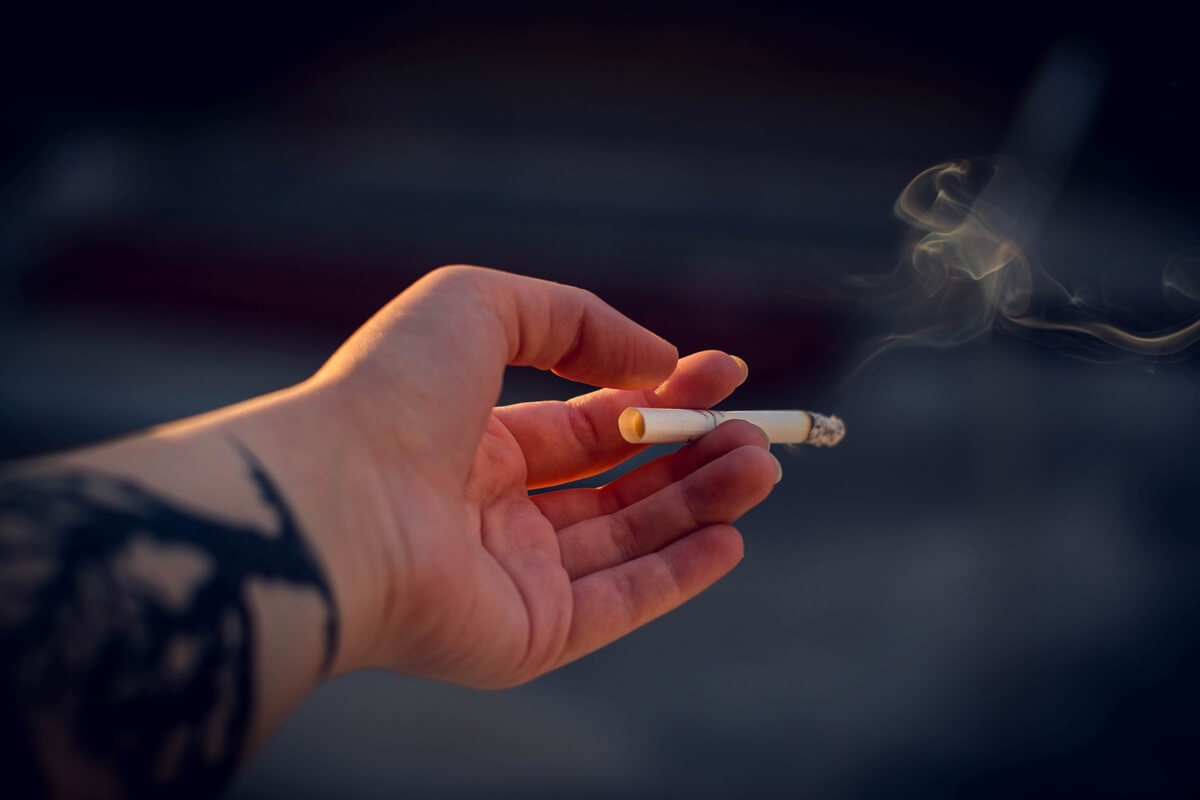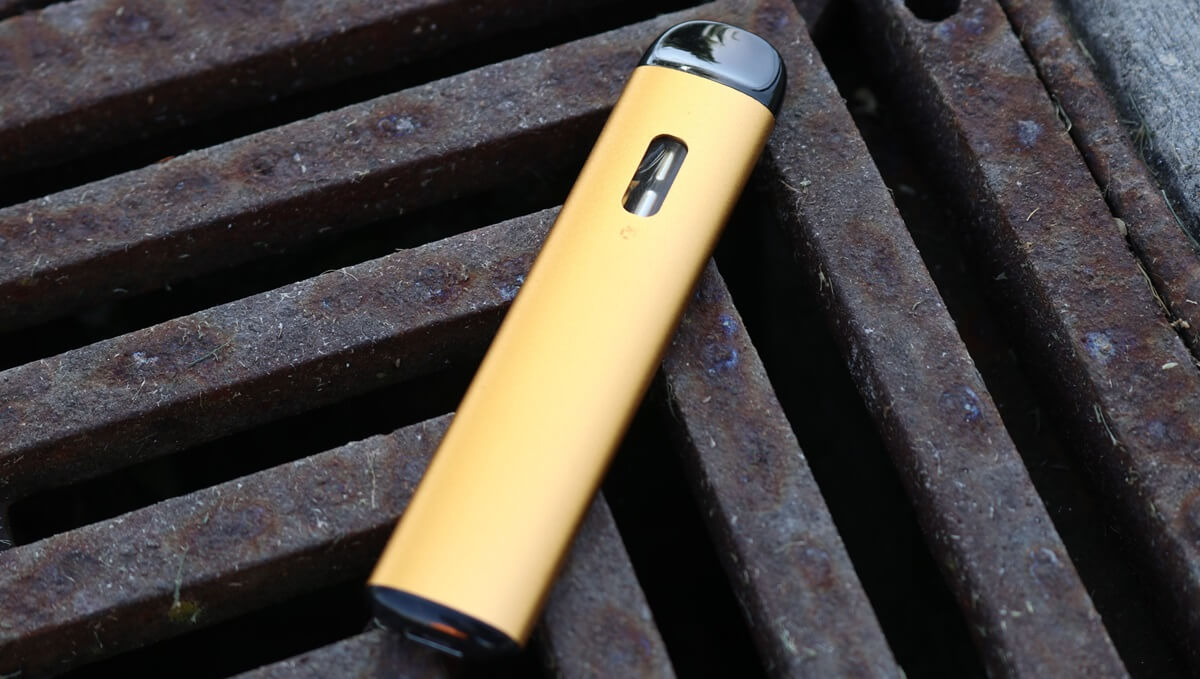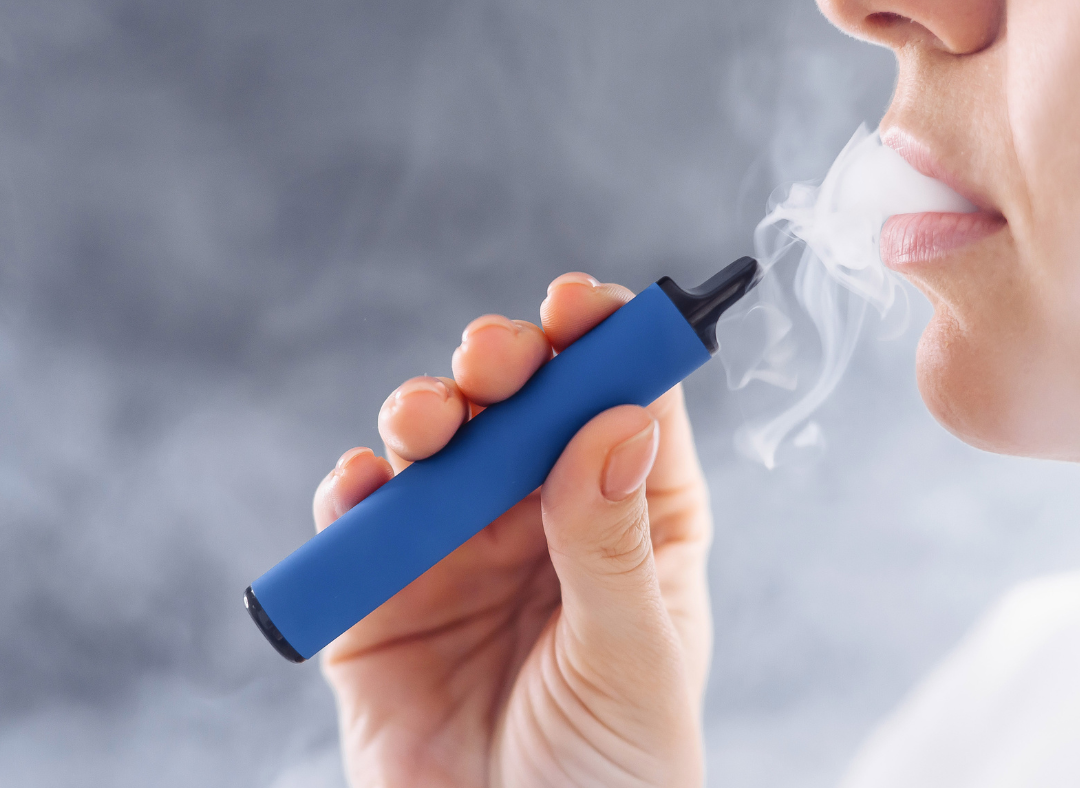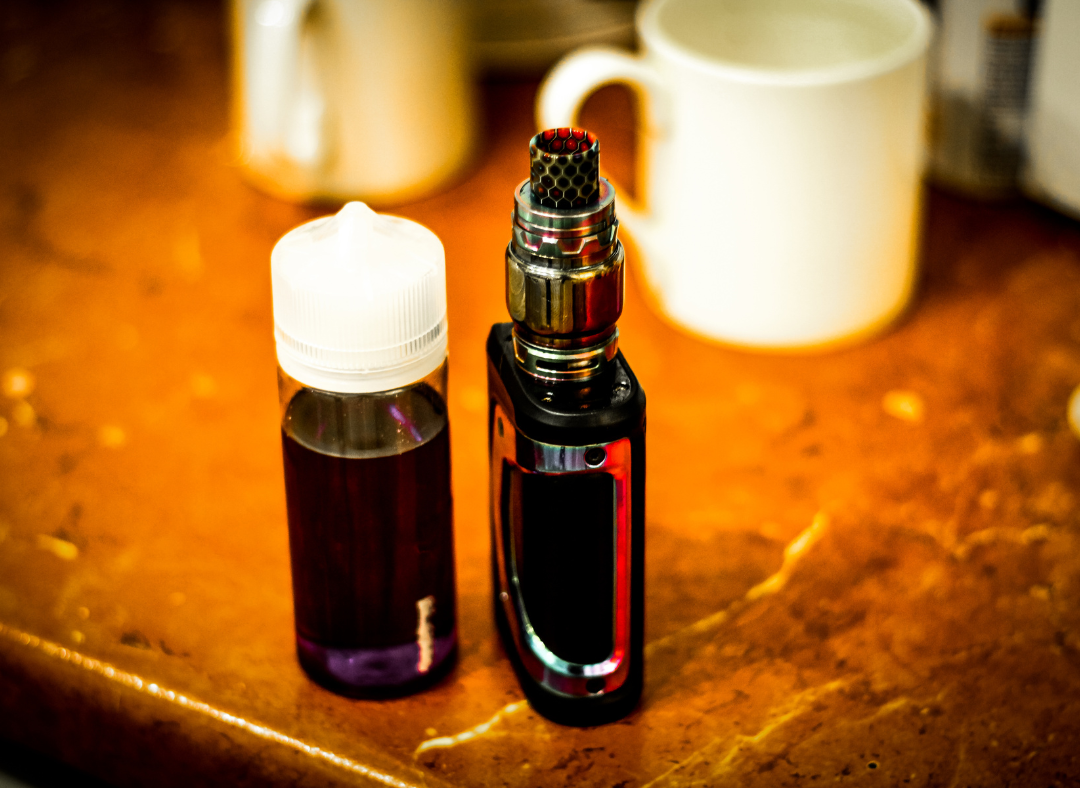Since their introduction to the wider market in the early 2000s, vaping and e-cigarette products have consistently climbed as a popular method of consuming nicotine, given the ability to inhale the chemical in a vapour, rather than from the smoke after burning tobacco in a cigarette.
It’s fair to say that vaping is big business. In fact, the global vaping market was recently valued at USD $15 billion in 2020. Vaping has increased in popularity as a safer, and often cheaper alternative to smoking cigarettes, particularly in Australia where cigarettes are extremely expensive.
While vaping is safer than smoking, it shouldn’t be seen as ‘safe’ and should only be used by smokers, short-term, as a method to gradually reduce their nicotine addiction. Vaping can be just as addictive as smoking, particularly if the user doesn’t get the dose right.
Unfortunately, at Quit Clinics, we see patients every day who were unaware of just how much nicotine was in their vape, and that they had inadvertently vaped a lot more nicotine than they ever smoked, worsening their nicotine addiction.
When used best, vaping also offers the opportunity for smokers of traditional cigarettes to manage and reduce the amount of nicotine they consume. This allows increased flexibility and control to those who have otherwise been unable to quit the highly addictive nature of the chemical. Given that only 6% of smokers are able to quit each year, this can prove vital.
An alternative to gradually reducing nicotine intake is to simply try to quit ‘cold turkey’, which refers to the immediate cessation of all cigarette and nicotine products. This can prove effective for many, with success rates reported in studies of as high as 22% and 27%, and as low as 3% to 5%. Unfortunately, significant withdrawal symptoms can mask the health benefits initially, making the experience difficult to endure.
Others opt for gradually reducing the amount of tobacco they consume over a given period. This allows the smoker to mitigate the extent of their withdrawal symptoms throughout the process. Smokers may also employ the assistance of Nicotine Replacement Therapy (NRT) products to help manage their cravings and improve their chances of quitting. Vaping can arguably be viewed as simply a newer form of Nicotine Replacement Therapy, that more closely mimics smoking. There is ongoing research that seeks to determine vaping’s effectiveness and safety versus traditional NRT formats, like gum and patches. Unfortunately, vaping is likely less safe than these traditional methods, so should only be used when these safer methods have failed.
If nothing else has worked, and you’re considering using vaping to quit smoking, and eventually nicotine altogether, it’s important that you get the nicotine dose right. Using vaping effectively may allow you to access the ‘fix’ of nicotine to control cravings, but also removes the toxins released once tobacco is burned. Given that tobacco smoking is still linked to the deaths of over 7 million people across the world, including 24,000 Australians each year, vaping is an attractive alternative, but it should only be used short-term.
In this article, we will explore how much nicotine is in a vape compared to a cigarette, how often you should vape, and how to manage your nicotine doses, both to help you quit smoking and eventually quit nicotine altogether. While vaping is safer than smoking, the far safer alternative is fresh Australian air!
How much nicotine is in a vape compared to cigarettes
Many smokers looking to quit via e-cigarettes will ask similar questions to ‘how much nicotine is in a vape compared to a cigarette?’, or ‘how many vapes equals a single cigarette?’. It is important to recognise first that even in cigarettes, the nicotine content will vary. In fact, it can range from as low as just 6mg, to approximately 28mg. What many smokers or vapers don’t realise is that when you smoke, the majority of the nicotine in the cigarette is burnt off, and only a fraction of it is consumed. Roughly 1 – 2mg of nicotine is consumed with each cigarette. Naturally, smokers must also then contend with the 7000 other potential chemicals present within cigarettes, with at least 69 related to cancer. These include ammonia (often used in residential and commercial cleaning supplies), arsenic (found in bug and weed-killing products), acetone (a prominent ingredient for nail polish remover), formaldehyde (industrial germicide and fungicide), as well as carbon monoxide, lead, and tar. If you consistently smoke the same brand of cigarette, then the amount of nicotine is typically fixed.
With vaping, nicotine is consumed differently than smoking cigarettes. Like smoking though, the amount of nicotine can vary dramatically. While cigarettes deliver nicotine (and the other chemicals mentioned above) via the burning of tobacco, vaping products heat a liquid known as ‘e-juice’ or ‘e-liquid’ that releases nicotine in a less harmful way. It is no less addictive though, and if the dose isn’t right, potentially even more addictive than smoking. With vaping, the amount of nicotine consumed per 15 puffs can be anywhere from 0.5 – 15.4mg. As there are a variety of e-juice, pod, or disposable options available on the market, with different flavours, vapour features, and nicotine strengths attached, the amount of nicotine is controlled by the user and can vary dramatically depending on the user, the concentration of nicotine, and the power of the device used.
If you are considering making the switch to vaping or e-cigarettes, it’s important to aim for the lowest nicotine dose possible, by first trying a low strength, and/or a low-powered device that only uses a small amount of liquid per day.
At Quit Clinics, the majority of our patients who have effectively quit smoking using vaping use less than 100mg of nicotine per day, many significantly less than this amount. If you’re using more than this, you’ve likely overcompensated and are vaping more nicotine than you smoked, so it’s extra important here that you try to cut back.
Remember, with each cigarette, the amount of nicotine absorbed into the body is typically less than 2mg, so the average pack a day smoker is used to absorbing 20-40mg of nicotine per day. With vaping, approximately half of the nicotine used is absorbed, meaning a pack a day smoker should aim for no more than 80mg of nicotine vaped per day. The lower the dose, the better, and once completely off cigarettes you should gradually reduce this dose over time.
How to manage your vape nicotine doses
Whatever your relationship with smoking, it is always important to properly manage your nicotine doses in vaping an e-juice product. It can be tricky when you first start vaping to understand the jargon and perform the calculations to suit your needs.
Firstly, it is likely you will find the e-juice bottles labelled with an amount of nicotine in milligrams per millilitre. For example, a 30mL bottle of 12mg/mL nicotine e-liquid contains 360mg of nicotine – which ideally should last a pack a day smoker, 5 days, hopefully, more.
These numbers are to be used as a guide only. Unfortunately, there is no exact science around the number of millilitres consumed with each puff of your vape or e-cigarette, as that will depend on both the device and the user. Higher power vape pens and e-cigarettes can burn a significant amount of the liquid and can quickly account for your daily nicotine consumption.
If you are making the switch to vaping to help quit smoking, then managing your doses is essential. You should start at a nicotine level matching that of your current consumption of cigarettes. Different smokers will require different starting doses, what is important is that once you find your effective dose to quit smoking, you gradually then reduce this over time. The transition from smoking to vaping may prove more difficult for some, with many users both smoking and vaping over several months until they find the right balance of nicotine in their e-liquid. This practice is discouraged, as vaping and smoking concurrently typically only worsen nicotine addiction.
As mentioned above, by heating the e-juices and creating an aerosol by-product, vaping devices do not deliver the same level as toxins as cigarettes, but vaping can still be harmful to the body. Vaping should only be used when other safer methods of quitting smoking have failed, and it should only be used short-term to gradually reduce nicotine intake.
If you are unsure about the calculations mentioned above, it helps to talk to professionals in the industry who can guide you on making the right decision. In fact, with new laws from the Australian government, you will first need to obtain a valid prescription from an Australian doctor to legally purchase and consume vaped nicotine. This can be a great opportunity to discuss your desire to stop, and receive support from not only quitting smoking but reducing your nicotine dose over time. For more information, reach out to the professional team at Quit Clinics today by emailing us at support@quitclinics.com.






